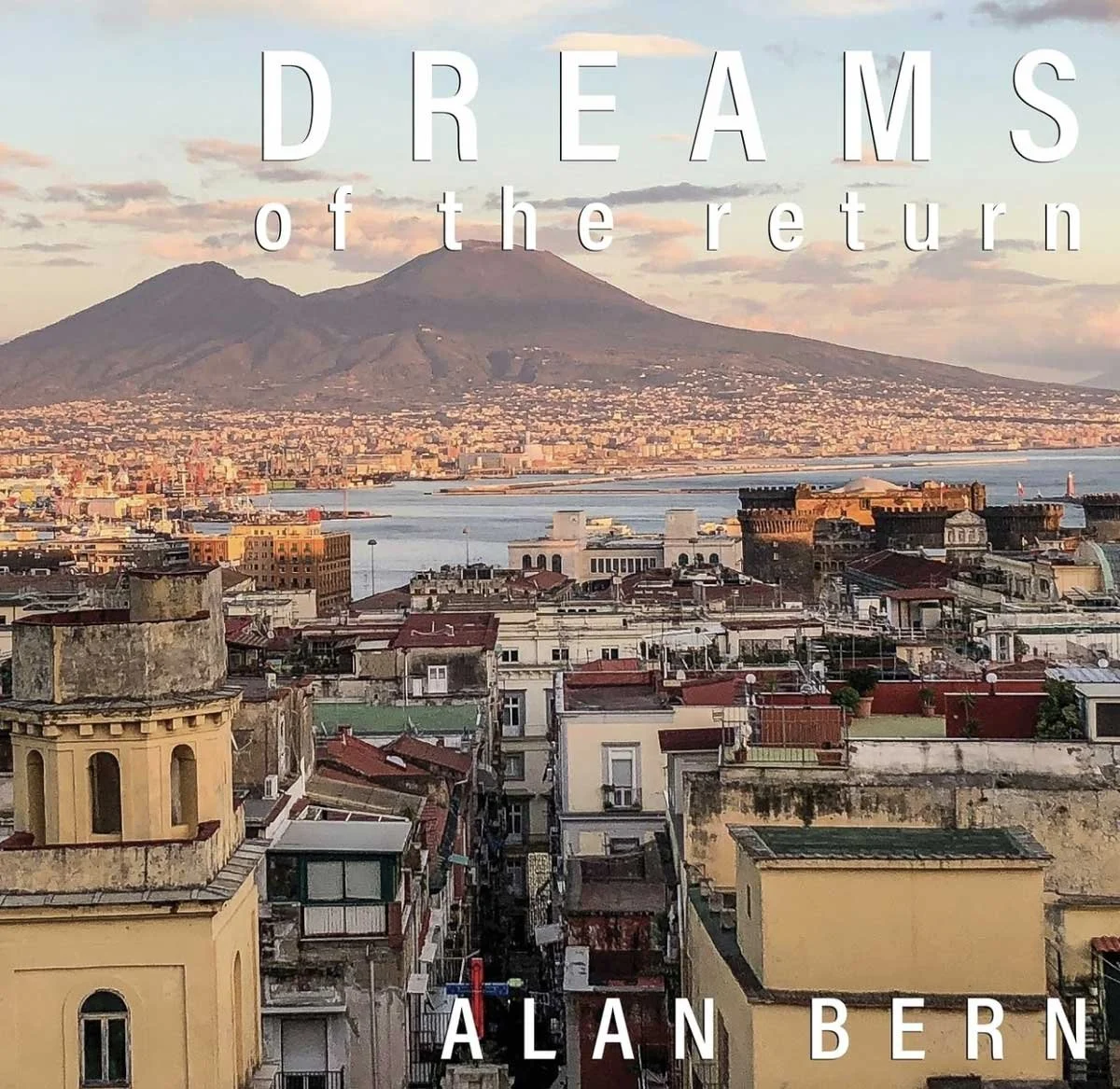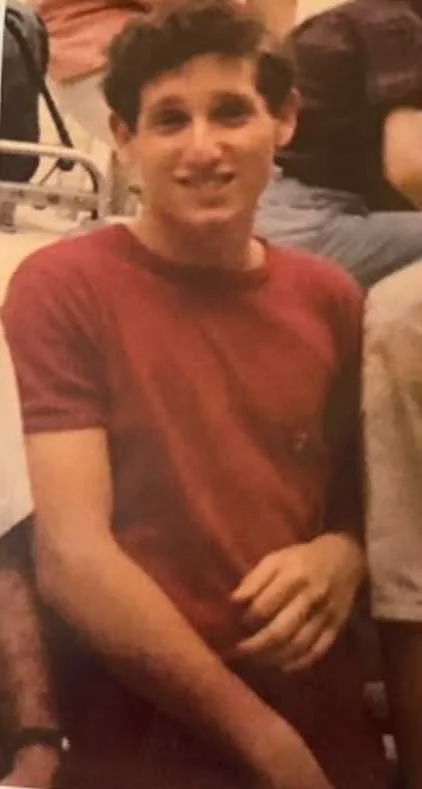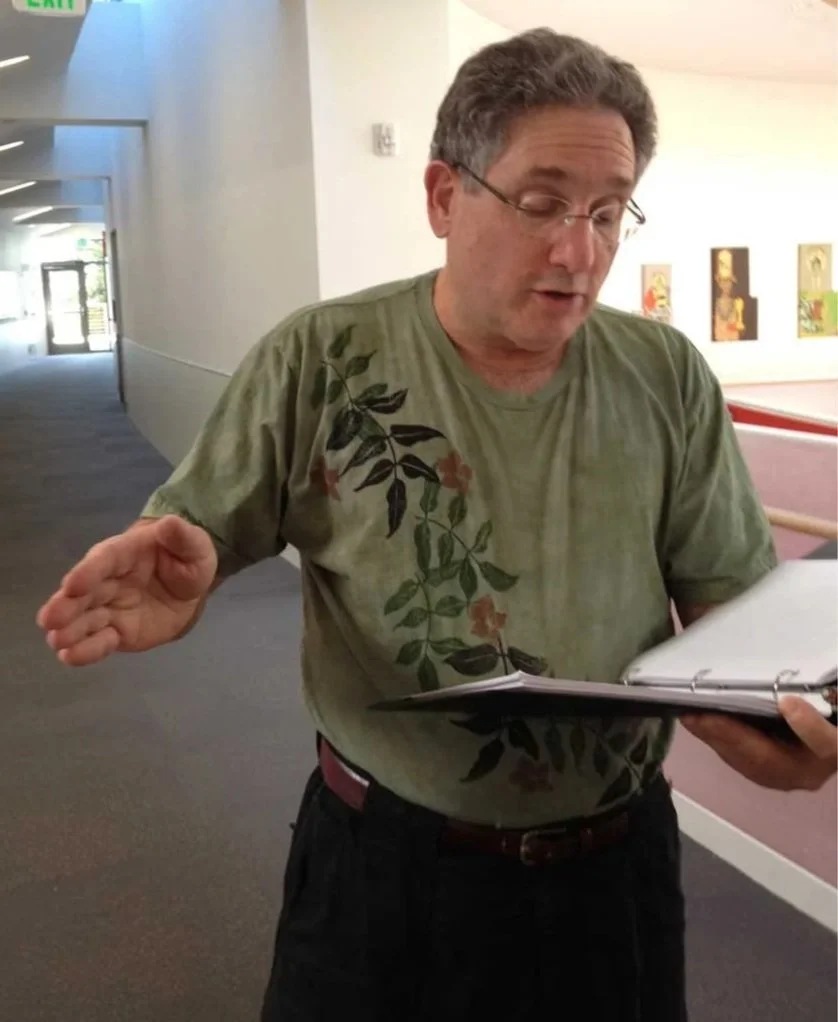The Writing Life: Interview with Writer/Photographer/Translator Alan Bern
In Alan Bern’s new book Dreams of the Return he illustrates his lifelong love of southern Italy by deftly combining poetry, photography, and translation.
To learn about the backstory for the book, the similarities between photography and poetry, to learn the meaning of the words “liceo” and “haiga”, and, most of all, for the picture at the end, please read on!
Q: Dreams of the Return is such a fascinating hybrid blend of poetry, photography, and translation. What first sparked the idea to bring all of these together in one book?
A: Three things came together wonderfully several years ago: (1) Although I have lived 95% of my life in a 4-square block area in my hometown, Berkeley, California, highlight years for me growing up were sabbatical years (my father was an academic at UC Berkeley), and my family lived in Napoli, Italia, for a year when I was a teen in 1965-66. I felt my first true individual power in learning Italian and attending liceo (high school) there. After that and multiple times throughout my adult life I have spent up to a number of weeks at a time visiting different parts of Italia. I favor Napoli, Sicilia, and the South, but love other areas as well: Roma, Milano, Firenze are favorites, too. I hope to visit again in the next few years. I love Napoli, my 2nd hometown. I often think of that year with great affection.(2) After publishing my last full-length book about growing up and still living in Berkeley, California, IN THE PACE OF THE PATH, which was a hybrid blend of poetry, prose, and photography, I thought that I could create something similar from my time living in Napoli. For most of my adult life, I have spent time studying, reading, and translating from the Italian, especially my favorite poet, Dante, and the 2nd most important Italian poet after, Dante, Giacomo Leopardi, so it was natural to include some of my work with those two writers in Dreams of the Return. (3) A vital part of my daily art practice is combining my words and photo-images.
Q: The title suggests a longing to “return.” What does that word mean to you in the context of this book?
A: As I mentioned previously, I began to find my identity and power when I lived in Napoli and went to liceo. I have returned to Napoli many times since I lived there and still have great affection for my 2nd hometown. I fell in love in Napoli: I loved the food, the Beauty of the people, especially the young people. And I was captivated by the History, the Ancient ruins and traditions, so unlike this young country we call home, the U. S.
Q: You translate Italian poetry into English — what’s the biggest challenge in capturing the spirit of a poem across two languages?
A: Probably the biggest challenges are recreating the sounds and rhythms in American English of the poems originally created in Italian. Reading aloud both the original poems and my translations helped with these two challenges.
Q: Your photographs feel like poetry in their own right. How do your images and your words work together to tell a story?
A vital part of my daily art practice is combining my words and photo-images: Photographs often capture and present moments. To collect these moments and for the great good health of body and mind, I take walks— yes, I walk my neighborhood streets and also beyond— and I capture moments, sometimes with the camera on my phone, sometimes with a few words, and sometimes with both. Snap snap. I regularly walk in my neighborhood where I have lived for 95% of my life. And, yes, it’s often awfully familiar, but there is always something new to see. Snap snap. Poems, too, can capture and present these moments— especially short poems such as haiku and haikulike poems. I capture and present such moments in both my photographs and my poems, and sometimes I combine the two in what are called photo-haiga.* One goal is that words and images talk to each other, which can also help to tell a story.
At other times I merge photo-haiga into longer sequences or narratives that may tell a story, but more often present a flow of images and words that magnify and transmit thoughts, feelings, and dream-traces. My photo-haiga are very popular with a variety of publishers, and many of these photo-word combinations in Dreams of the Return have been previously published.
*"Haiga [paintings] are typically painted by haiku poets (haijin), and often accompanied by a haiku poem." — with my photos standing in for the paintings.
Q: Was there a moment while creating the book that completely surprised you — a discovery you didn’t expect to make?
A: In my most recent return to Napoli I took the cover photo of Vesuvio from the balcony of a friend’s apartment in the Spanish Quarters, a poor and very lively and friendly section of Napoli. I was so pleased with the photo that I used it for the cover. It captures the density of Napoli and its proximity to the dangerous volcano, and I was very surprised at how well it worked.
Choose one, or both, of the following questions:
Q: If you could share a glass of wine in Italy with one of the poets you translated, who would it be, and why?
A: I am captivated by longer (‘epical’) poems, and my favorite is the Commedia of Dante Alighieri. After over 700 years, it still speaks to our time as if it were a contemporary work. For me its three canticles cover all the bases, and I would choose Dante to share a glass of wine with. It would be fascinating to discuss authoritarianism with him. I believe that he would have little patience with your current worlds dictators although he seemed to favor emperors IF they truly represented their populations.
Q: What is one question you wish someone would ask in an interview and what is your answer?
A: What did you look like 60 years ago when you lived in Napoli?
About the Author:
Retired librarian Alan Bern received an MA in English/Creative Writing from Boston University studying with poet Anne Sexton. He has published three books of poetry and a hybrid fictionalized memoir, IN THE PACE OF THE PATH, 2023. He has a full-length hybrid of his poetry, prose, and photos, Dreams of the Return, from Old Scratch Press, in 2025.
For fifty years Alan has run a fine press/publisher with artist/printer Robert Woods, Lines & Faces.
Check out Three Books. Three Voices. An Old Scratch Press Virtual Book Release and Author Reading to see Alan and others read their works.




Ellis Elliott is a published author and poet. Join her Bewilderness Writing Workshops and use free writing to find yourself and your voice on the page. Order her poetry collection Break in the Field.